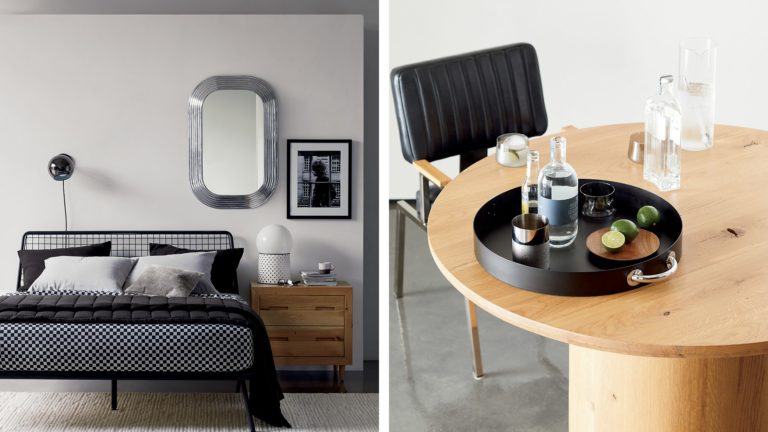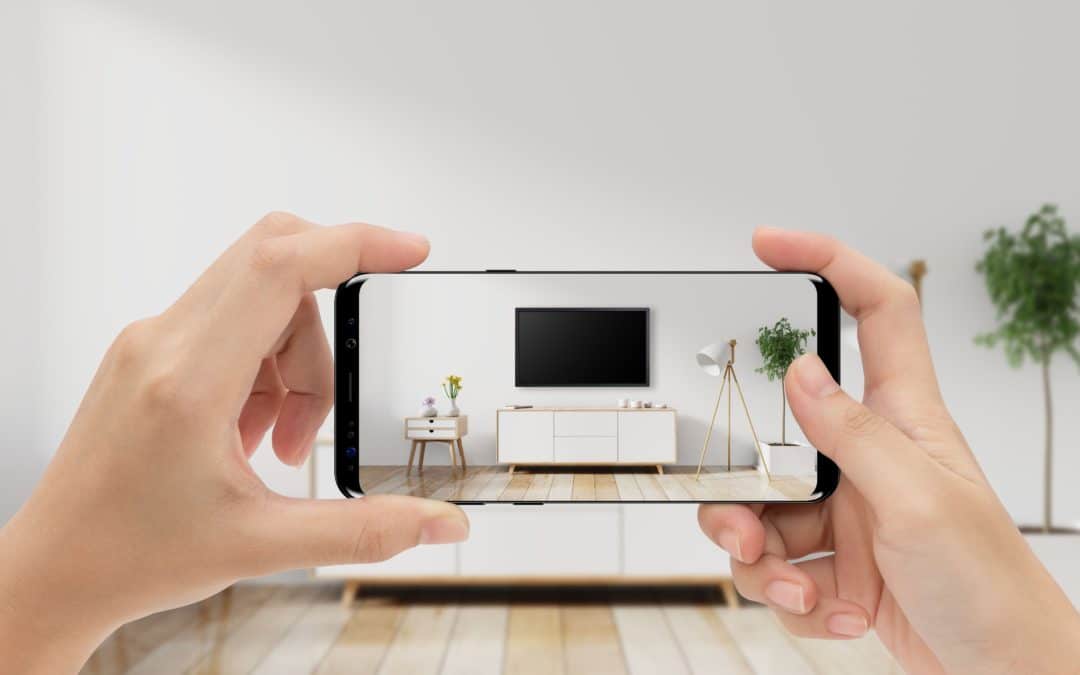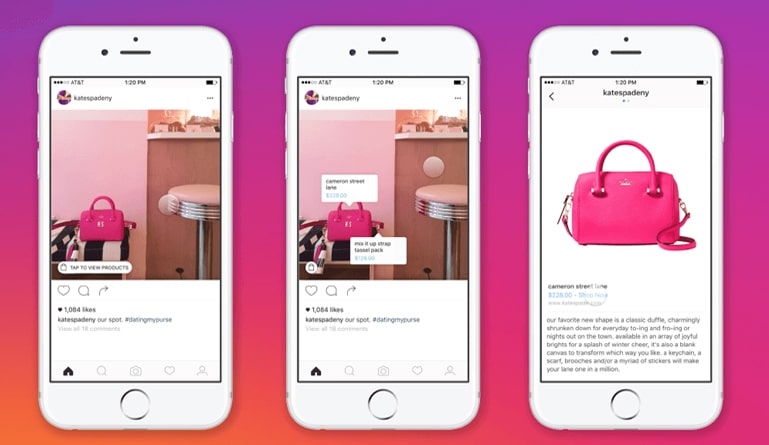
Data Dive is AR Insider’s weekly dive into the latest spatial computing figures. Running Mondays, it includes data points, narrative insights and takeaways. For an indexed collection of data and reports, subscribe to ARtillery Pro.
One of AR’s rally cries is its ability to boost conversion rates when applied to product visualization in eCommerce. The thought is that it enables more informed purchases through dimensionally-accurate product-visualization on “faces & spaces” as we like to say.
Though this AR advantage is oft-cited, data points to validate it are spread out among case studies, pitch decks and conference presentations. So for this week’s data dive, we’re aggregating and analyzing several proof points for AR’s conversion-boosting tendencies.
And when we say conversion rates, we mean finished purchases. There are plenty of performance indicators like brand lift and dwell times (which are also important). But we’re talking here about consumers that actually consummate the marriage.
It’s also worth noting that AR has the ability to reduce returns, due to the same “informed purchase” noted above. This similarly oft-cited AR advantage has data points that are likewise scattered. So we’ll do a similar exercise for return rates in the next Data Dive.

Conversion Boost
Starting with conversion rates, one of the most notable points of validation comes from Shopify, due to its transaction volume. In the same category of scale and impact is Houzz’ 11x figure for AR-guided purchase intent, but we’ll sidestep that already well-known figure.
Shopify specifically reports a 2x boost (200 percent) in conversions when AR is used for product visualization. Shopify makes it easy for its merchants to upload 3D product files in order to offer shoppers the ability to see them in AR through Apple’s QuickLook.
Meanwhile, Seek’s Jon Cheney recently reported in AR Insider that the company’s work with Overstock.com resulted in conversion increases from 10-200 percent. That’s a wide range of course, due to AR’s varying applicability throughout Overstock’s broad product catalog.
Speaking of versatility in product categories, NexTech AR solutions recently reported that its campaign for Miele Vaccum saw a conversion boost of 300 percent over non-AR equivalents. AR was provided as a call to action in half of the A-B tested sample of 200,000 impressions.
And the list goes on… here are a few more examples and links to other conversion-boosting AR campaigns that we’ve examined in the past
— CB2 boosts revenue per visit 21 percent.
— Papa Johns achieves 25 percent conversion rate.
— Olay doubles conversions.
— Facebook boosts WeMakeup conversions 27 percent.
— Snapchat Lenses overall drive 9 percent sales lift.
— Loreal conversion rates triple.

Positive and Permanent
For the sake of definitions, some of the above involved paid AR ad distributions (such as the Facebook example), while others involved brands’ and retailers’ own apps. The difference comes down to AR advertising (paid distribution) versus AR marketing (self-distributed).
In either case, AR is proving its ability to lift revenue and thus demonstrate a tangible business case. We should also acknowledge how this maps to the current state of the world. These advantages are evident in “normal” times but could be amplified during a pandemic.
As with events and remote work, AR is being given the chance to shine at a time when physical shopping is constrained. Evidence can be seen in Snapchat’s Covid-Era AR lifts, as well as L’oreal’s eCommerce boost, driven by AR-based cosmetics try-ons.
The ultimate question is if forced adoption during this period will instill positive and permanent consumer habits. In other words, those eager to try on makeup and other forms of shopping may discover AR and find that they like it… thus inflecting its sustained adoption.
We’ll be back in the next Data Dive installment for a similar exercise around AR commerce return rates.
